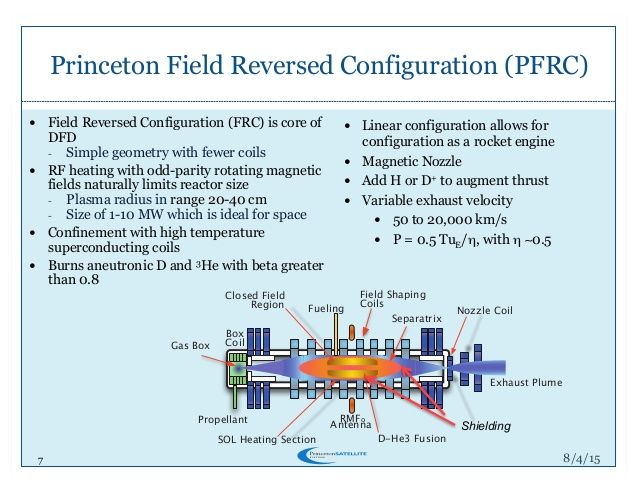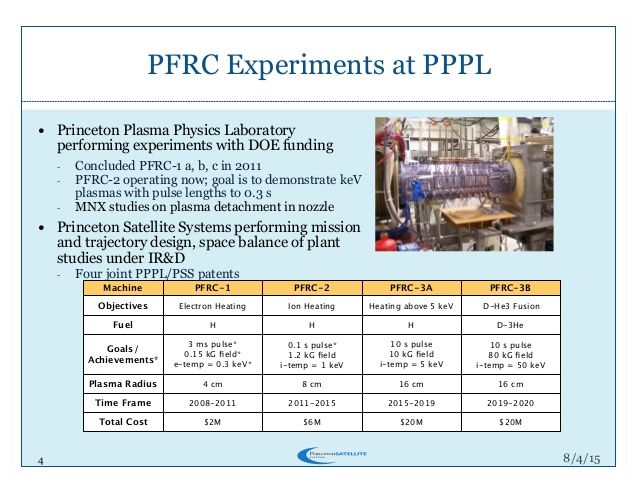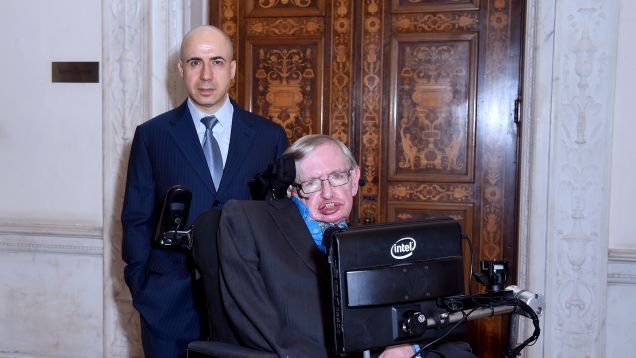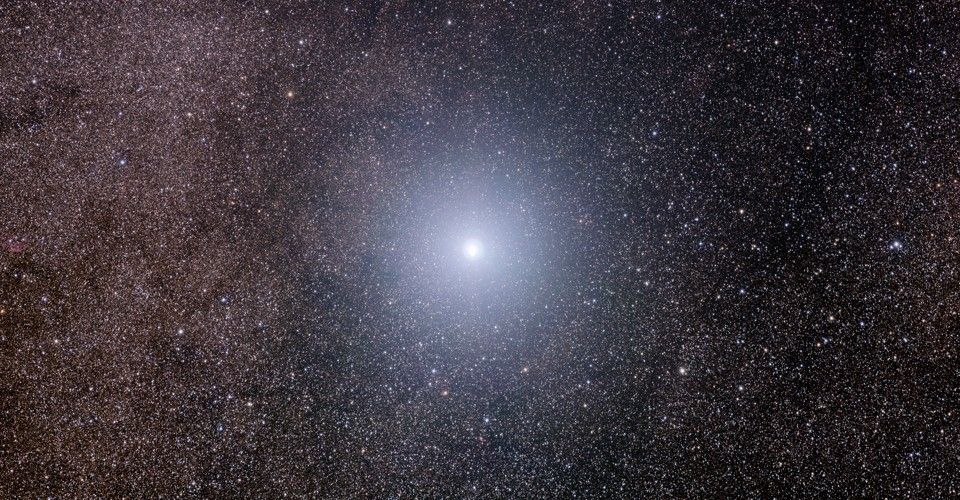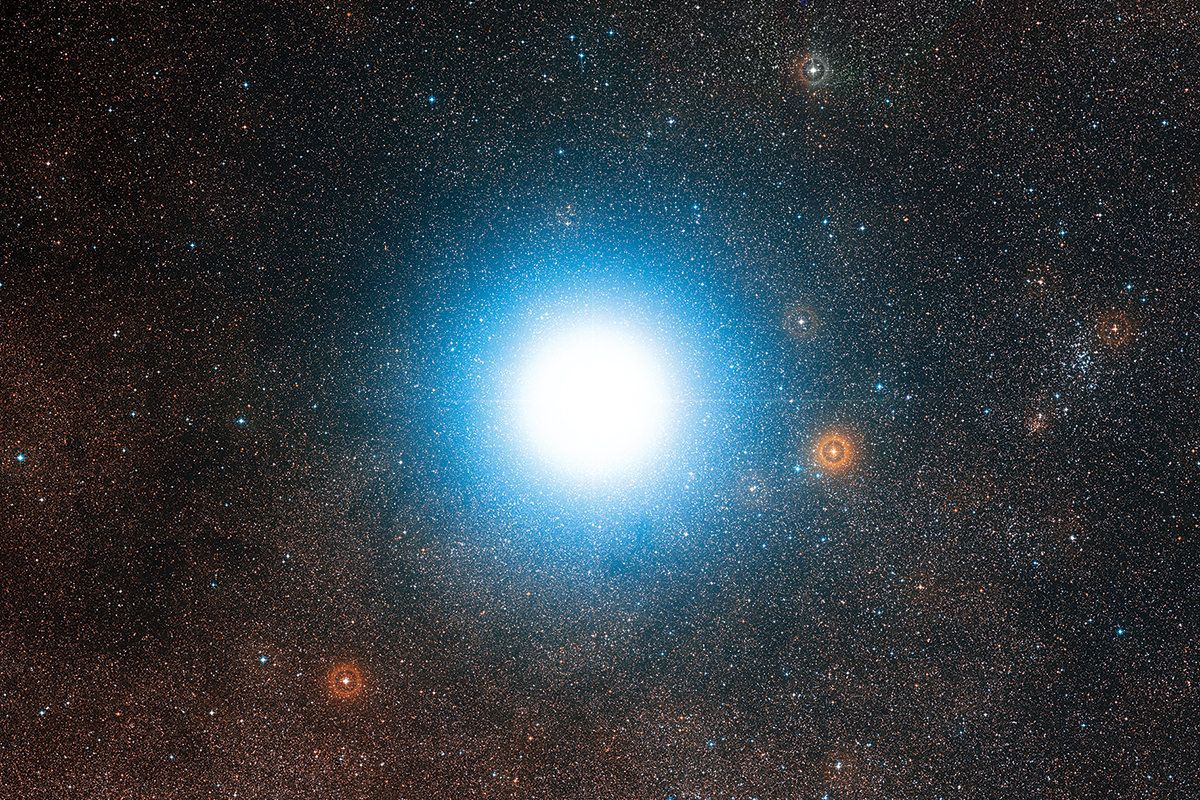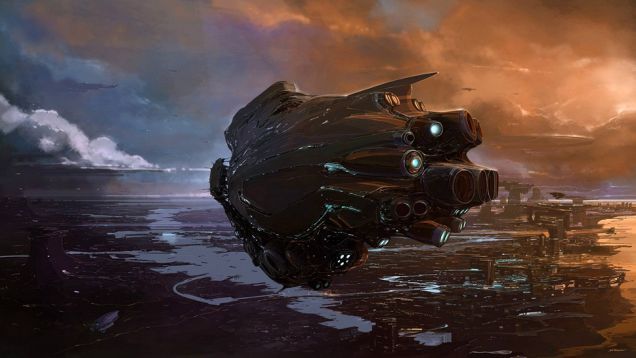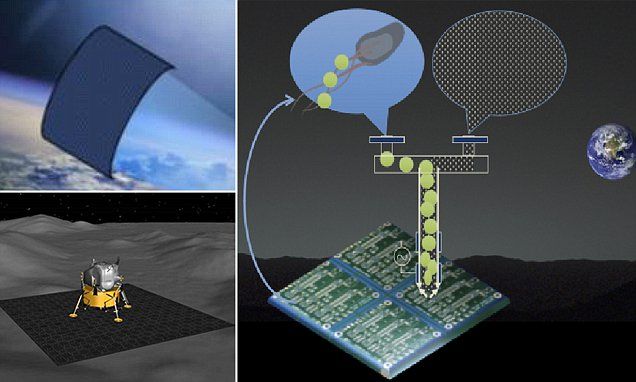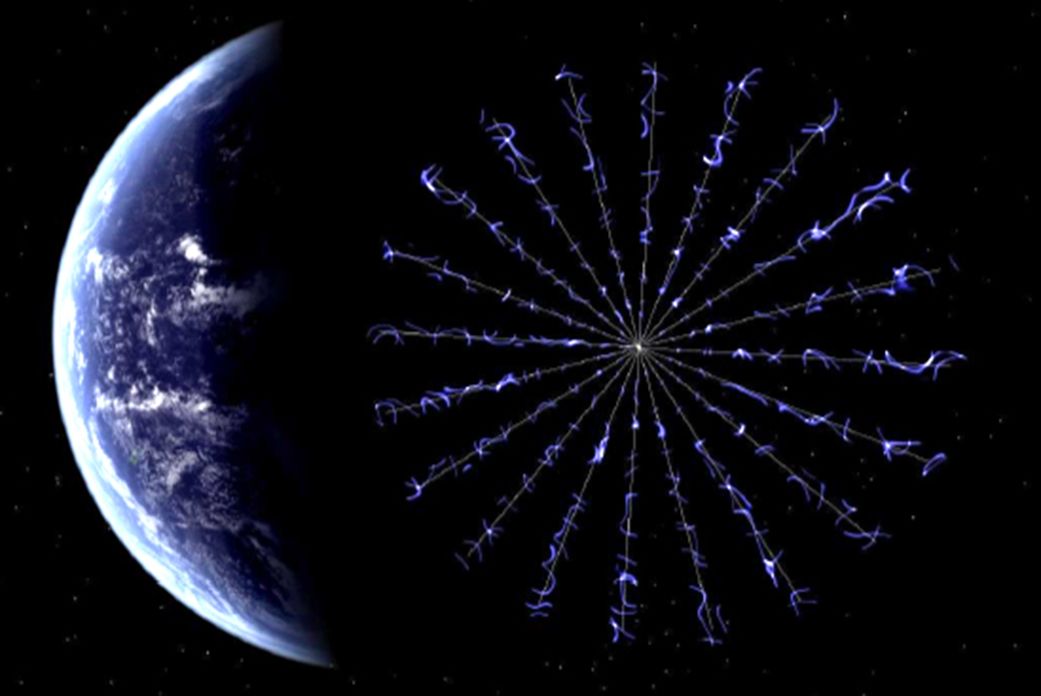Apr 15, 2016
Membrane spacecraft with 7.7 kW/kg power-to-weight ratio and 4000 ISP
Posted by Klaus Baldauf in categories: solar power, space travel, sustainability
A ‘brane’ is a dynamical object that can propagate through spacetime. Flattening a spacecraft into a membrane, or 2-brane, can produce a low mass vehicle with ultra-high power-to-weight ratio (7.7 kW/kg using thin film solar cells). If most of this power is used by an array of thinned, distributed electrospray thrusters with a specific impulse of 4000 s, a Brane Craft could start in low Earth orbit, land on Phobos, and return to low Earth orbit.
Other possible targets include any near-Earth asteroid and most main belt asteroids. Propellant is stored as a liquid within a 10-micron wide gap between two Kapton sheets that form the main structure of the Brane Craft.
This NASA NIAC project will study how to design an ultra-light dynamic membrane spacecraft, with 3-axis attitude determination and control plus navigation, that can significantly change both its shape and orbit. Conventional sensors like star trackers will have to be replaced by 2-dimensional alternatives. Estimated mass is about 35 grams for a 1 square meter Brane Craft.
Continue reading “Membrane spacecraft with 7.7 kW/kg power-to-weight ratio and 4000 ISP” »

